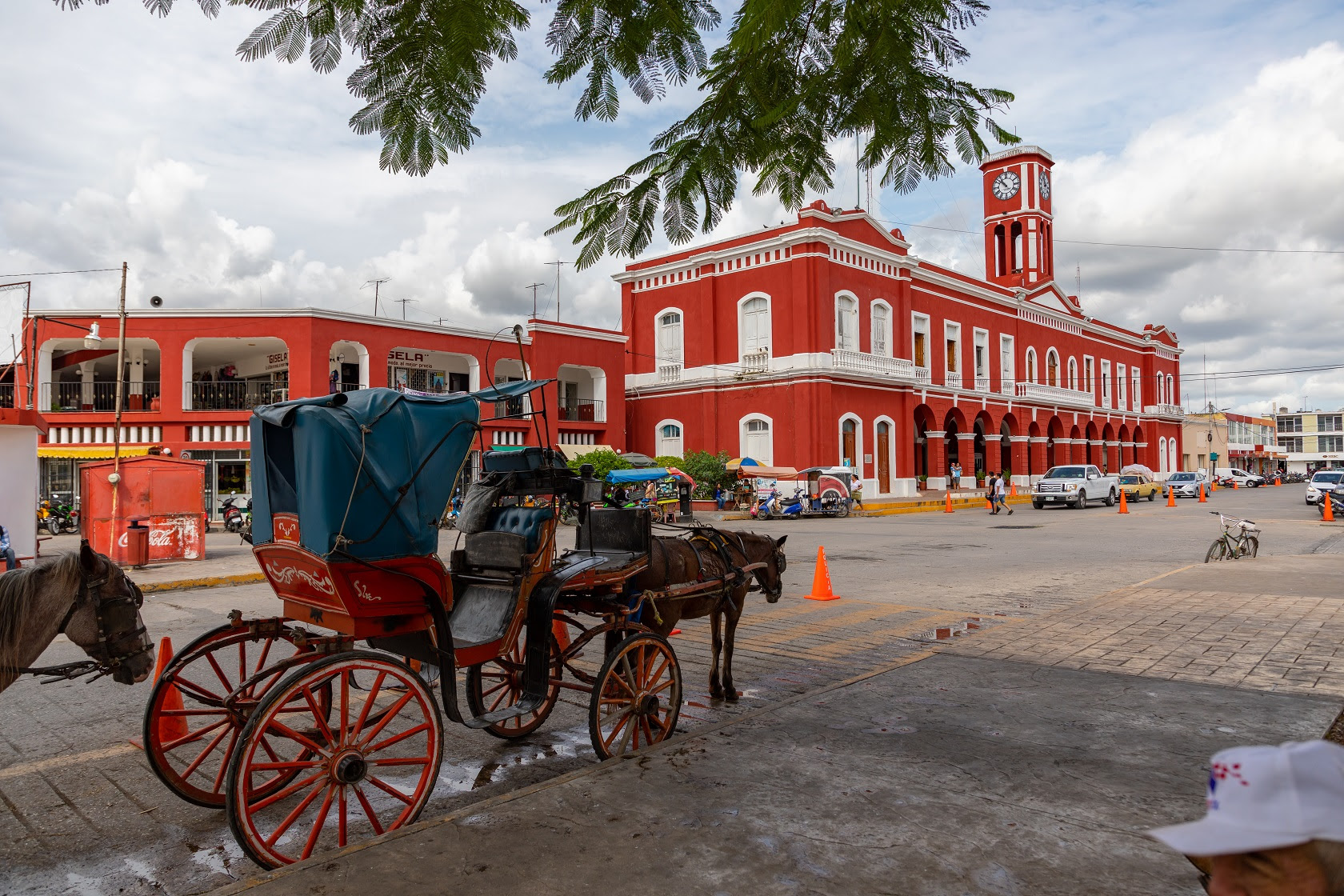
- Espita, Motul and Tekax join Valladolid, Izamal, Sisal and Mani as Yucatecan municipalities designated as Pueblos Mágicos, or “Magical Towns,” by Mexico’s federal tourism ministry.
- During the current state administration, five such Magical Towns have been added across Yucatán in total.
During the current administration of Governor Mauricio Vila Dosal, hard work and strategic actions have led the state of Yucatán to position itself as one of the best destinations in Mexico by attracting tourists from around the world.
Yucatán’s state Ministry of Tourism (SEFOTUR) has undertaken a series of initiatives that have resulted in growth at its tourist attractions in terms of services, products, and the number of Pueblos Mágicos, or “Magical Towns.” The state has gone from having just two Magical Towns for years to four as of 2020: Valladolid, Izamal, Maní, and Sisal.
Today, the Ministry of Tourism officially announced the addition of Espita, Motul and Tekax to the ranks of Magical Towns in Yucatán. Magical Towns are smaller municipalities that exhibit special characteristics or charm that make them worthy of visitor attention, be that, for example, local cuisine, historical significance, hospitality, natural beauty, culture and folklore, or arts-and-crafts.
Thanks to these new designations, Mexico has increased its list of Magical Towns to a total of 177 destinations. Yucatán is one of three states in Mexico to add three towns to the list this year.
It’s worth noting that, since Maní and Sisal were named as two of the newest Magical Towns of Yucatán, both destinations have benefited from an increase in visitors interested in discovering their natural, historical and gastronomic attractions. In addition, the State government, through SEFOTUR, has invested in the development of better infrastructure to be able to receive more visitors and help the towns position themselves among tourists’ favorite destinations.
Some of the related work completed in Sisal includes repairs to Avenida 16 de Septiembre and the restoration of the Monífato de Sisal sculpture. In addition, after Sisal was named a Magic Town in 2020, six new tourist projects were completed at a cost of almost US$19.7 million, including the construction of tourist complexes, lodgings, and a beach club.
As for Maní, the bulk of the work was completed in Central Park, south of the Convent of San Miguel de Arcángel, which received the award for “Best Tourism Villages” by the World Tourism Organization in 2021. According to data from 2019 compared to 2022, Maní went from having four restaurants to having nine; from one hotel to two; from two cafeterias to eight; from one meliponary (local honey operation) to three; and from zero tourist attractions to four. Investment in new restaurants totaled over US$585,400.
Designation as a Pueblo Mágico historically has promoted development in tourism, contributing to the growth of named towns, jump-starting local economies and creating processes of inclusion and wealth distribution without endangering the preservation of tangible and intangible heritage resources. Results include improvement in infrastructure and services, generation of jobs and creation of small and medium-sized companies. In addition, such designations have managed, in some cases, to reduce the migration of the resident population, thanks to the creation of local jobs.
For the state of Yucatán, the objective is to promote a social approach and respect for human rights in tourism, for the well-being of the people who live and work in the Magical Towns. Strategies include developing public policies that contribute to tourism with a social and inclusive approach and promoting accessible tourism to contribute to the well-being of the vulnerable population; intersectoral coordination for the well-being of the Magical Towns; and coordination with the public and social sectors in terms of security and comprehensive protection for tourists.

